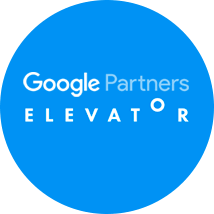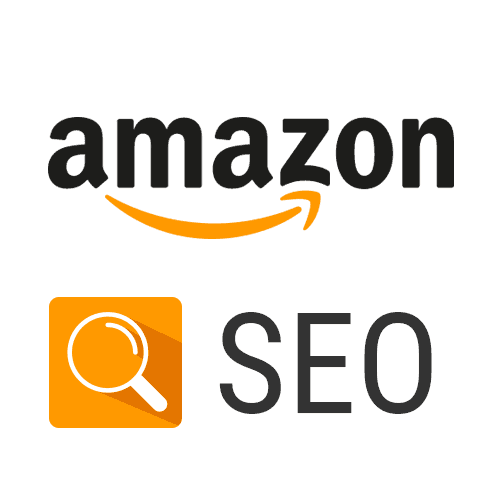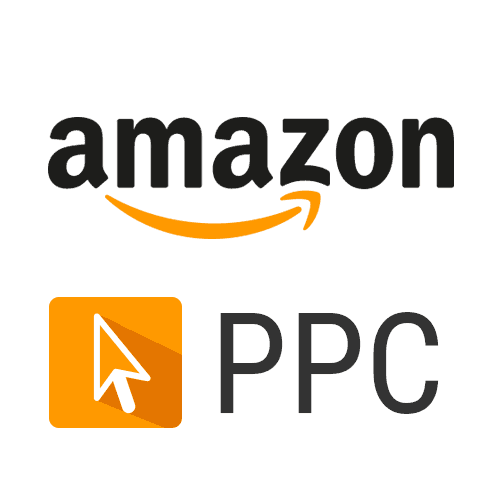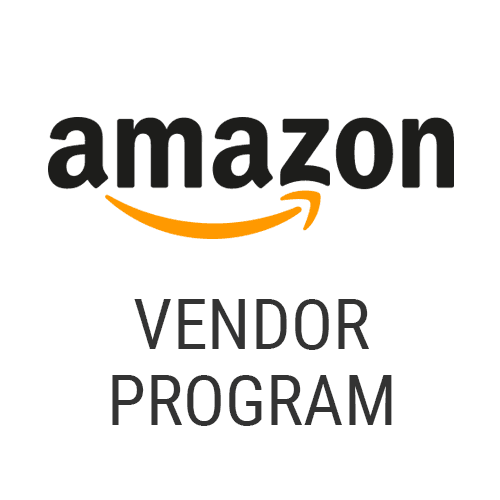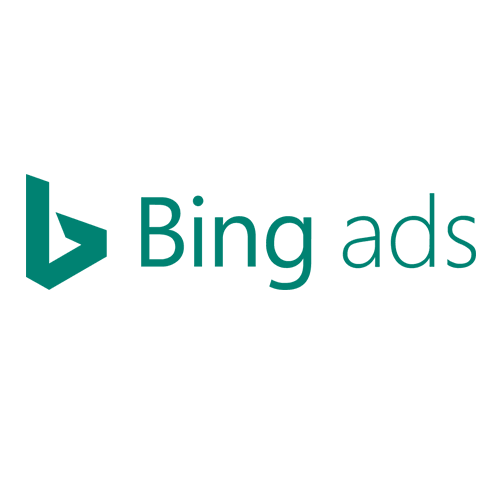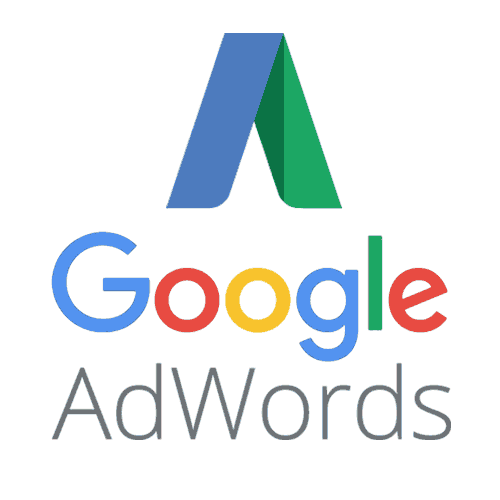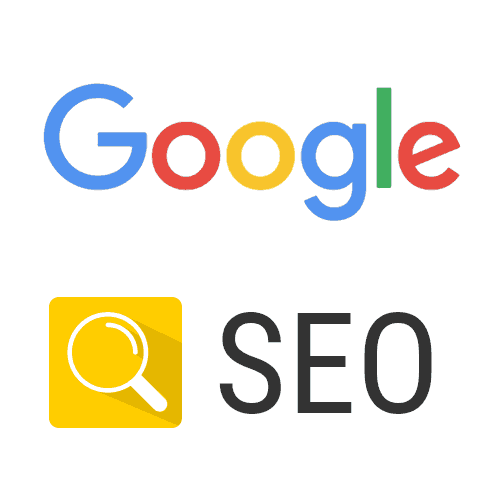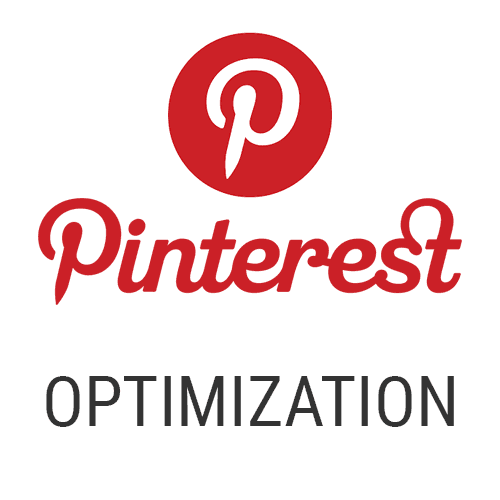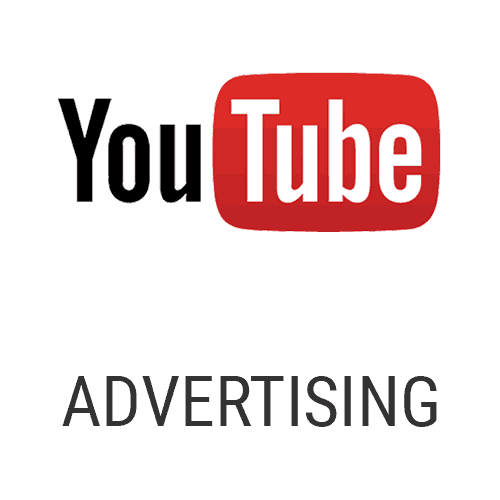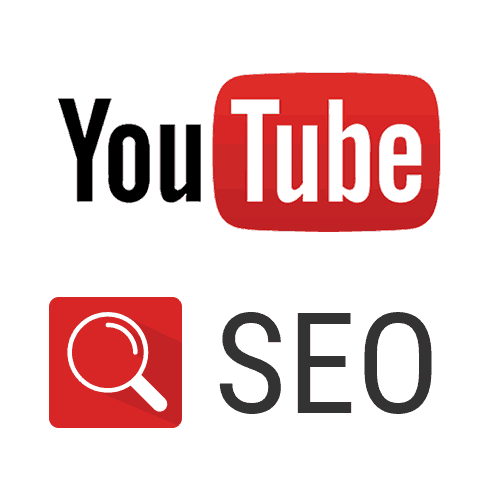On-page optimization
Professional websites created by ROCKITdigital
On-page optimization is part of search engine optimization. It comprises of adapting all of a website’s content and, among other things, is the foundation for successful off-page optimization. It includes
- context-related measures
- structural measures and
- technical measures
designed to ensure that web page content is unique, has high quality and topical relevance. Although a complex process, on-page optimization is a key contributor to achieving good SEO results.
What makes on-page optimization so important for a website?
n-page optimization is not only relevant to search engines, but also to users (usability, user experience, etc). It helps websites achieve better Google rankings, thereby increasing their visibility. Apart from a website’s ranking, it also improves user experience, especially by ensuring that a website’s content is appealing and relevant, and that it will make a lasting impression. In general, good on-page optimization is not just about a website’s details, but also about its coherence as a whole.
The relationship between on-page and off-page optimization
On-page optimization is the basis (optimized landing pages/categories) for successful link building and contributes to achieving a good position on SERPs. This is why it is important to optimize your actual website first in order to ensure that your off-page measures will subsequently have the right effect. The more carefully on-page elements are optimized, the greater their impact on the off-page optimization measures (backlinks) and the more positive the effect for the website as a whole
Our on-page optimization process for websites / online shops:
Here at ROCKITdigital, we optimize on-page elements as follows:
1. Assessing the current status of your website
We analyze your on-page elements in detail and to considerable depth to give us an understanding of potential weaknesses, such as technical errors that may make it difficult for search engines to crawl and index your website, and structural problems that may prevent Google (and users) from clearly identifying what exactly your website is about.
We perform this on-page optimization analysis using a checklist that quickly provides us with an overview of your website’s current condition. On reporting our findings to you, we will also provide you with a copy of this on-page optimization checklist
This analysis focuses on the following on-page elements:
Technical structure:
Loading time:
Page loading time is an important element of on-page optimization which should not take longer than 2-3 seconds and significantly contributes to the quality of user experience.

robots.txt:
We check whether the content-related access permission settings are right for crawlers and which search bots have and haven’t been given permission to read the content of your website, e.g.:
User agent: *
Disallow: /wp-admin/
Disallow: /wp-includes/
Redirects:
We also check whether 301 redirects or 404 error messages (‘website not found’) from invalid URLs redirect users to valid URLs (e.g. home page or successor product).
Architecture:
URL structure:
It is also important to make sure that URLs have a structure that is both user and search engine optimized (containing keywords), and that they do not contain any invalid characters (e.g. space characters), capital letters or “SESSID”.
Example of a good URL: park-sleep-fly.net/hotels-at-the-airport/airport-hotel-san-francisco/
Example of a bad URL: fafit24.de/shop_content.php?&idart=426
Directories:
As a rule, URLs should not have more than 5 directory levels.
URL length:
If possible, URLs should be limited to 70 characters.
File names:
File names should never contain any special characters such as, e.g. umlauts ö, ü, ä and have to be changed accordingly.
Sitemap (sitemap.xml):
When examining a sitemap, we check whether it contains all valid URLs and whether the URL of the file has been copied into robots.txt.
Content:
Title:
The title should contain a brief and succinct summary of the landing page’s content and at least one relevant keyword (keyword focus). It also shouldn’t contain more than 65 characters.
Meta description:
Just as with the title, the meta description should provide a brief summary description of the website’s topic using no more than 140-155 characters and contain at least one important keyword.
Headings:
Headings are categorized as h1 – h6 depending on their importance, relevance and structure. A web page should never have more than one h1 header.
Content/texts:
The key features of Unique Content are its quality and the added value it creates, as well as the extent to which this adds to its relevance to search engines and users. This is why it is important for websites to feature highly original and high-quality content and so avoid duplicate content / internal duplicate content. To meet the search engine’s demand for relevant texts, it is important to ensure that the content of a page is not stuffed with keywords (previously, the recommended keyword density was max. 2.5-3%, whereas there is now a call for it to be much more discerning. For more information, see TF-IDF). Content/texts that are clearly structured and pleasant to read also increase average time on site.
Keywords:
We check whether the keywords used for each landing page are correct and up-to-date.
TF-IDF:
TF-IDF is a formula that describes how certain terms (keywords) on your website’s landing pages are weighted in the top 10 relative to landing pages of your your competitors.
Images:
Alt tags should describe your images. Not only the alt attribute but the filename of the image should contain a relevant keyword. In this context, the ‘title’ is not necessarily required, although it can be also be used for users as a tooltip.
Videos:
Videos can be used to provide users with helpful information and should be integrated in locations where they fit in with the content and where they add value.
Rich snippets and structured data:
We check whether available data (such as e.g. products, videos, reviews) are clearly included in the source text. For more information on the above, see http://schema.org/docs/schemas.html

Meta tags and other important attributes:
HTML attributes such as canonical (rel=”canonical”), meta robots (meta name=”robots”), hreflang (e.g. hreflang=”de”) and rel=“prev“, rel=“next“ are very important to search engine optimization and should be used very carefully.
The hreflang tag is primarily used by single language websites designed for use across different countries (de-DE, de-AT, de-CH) and allows Google to show the right specific URLs on its SERPs.
Canonical tags are generally used to avoid duplicate content e.g. where products can be sorted.
It is furthermore vital to ensure that meta tags for robots (e.g. “nonindex, follow”), which are key to good website optimization, are used correctly.
On top of the above, we also check whether the rel=“prev“ and rel=“next“ markup has been used correctly to help Google to better identify how the paginated pages relate to one another.
Website structure:
Menu structure / navigation:
One of the most important elements of a website is its navigation (main and sub-navigation menu), which should be logical and have a clear structure, allowing both users and search engines to get a clear idea of the website’s content. The way the menu is structured also has a major impact on the website’s usability and on how users are guided to relevant pages. This is also important in breadcrumb navigation, for which it is important to logically name the folders on the page by their contents and make sure that they have a clear structure.
Links:
Internal links:
A website’s internal links also need to be structured with both website users and Google in mind to make it easier for search engines to index its pages. Furthermore, all data-sensitive internal links (e.g. login area, shopping basket) that crawlers are not intended to follow need to be marked with rel=nofollow and broken links removed or fixed.
External links:
When checking external links, we focus on the links that web crawlers are not intended to follow. These links should be marked with rel=”nofollow”. Broken links should be removed or fixed.
Social media:
Key social media channels:
The most important social media channels around at the moment include Facebook, Google+, Twitter, Pinterest, their use depending heavily on demand and relevance.
For a closer look at our on-page optimization checklist, you can download a Pdf version of it from the following link: on-page optimization checklist
2. Giving recommendation for on-page optimization of your website
On the basis of the results of our on-page analysis, we will give our recommendations for optimizing your website.
3. Reporting our results
We provide you with a report of the analysis results and a list of the most important things to do.
4. Discussing with you what to do next – a roadmap for your website’s optimization
All optimization work depends on the particulars of the website and can vary depending on the task at hand. For this reason, we always draw up, discuss and agree bespoke service package offers with you to make sure our services meet your specific needs.
5. Implementing the individual on-page optimization measures
Next, we will implement the individual optimization measures we agreed with you.
6. Regularly checking your website
Once implemented, it can still take weeks or even months for the new optimization measures to affect your Google page ranking. For this reason, we provide long-term customers with detailed monthly reports that show how their website’s rankings and other metrics are progressing. Regularly monitoring your website also allows us to identify other effective steps for optimizing your website and hence to continuously improve results.
A brief overview of our services:
- We assess the current on-page status of your website
- We highlight the weak points on your website and provide you with our recommended on-site optimization measures
- We agree to a roadmap for the optimization work with you
- We implement the individual on-page optimization measures
- We regularly check your website
If you need your website / online shop to ROCK for both users and Google, or simply want us to run an on-page check – get in touch with us! We will be more than happy to discuss your on-page optimization needs without any obligation to proceed.


